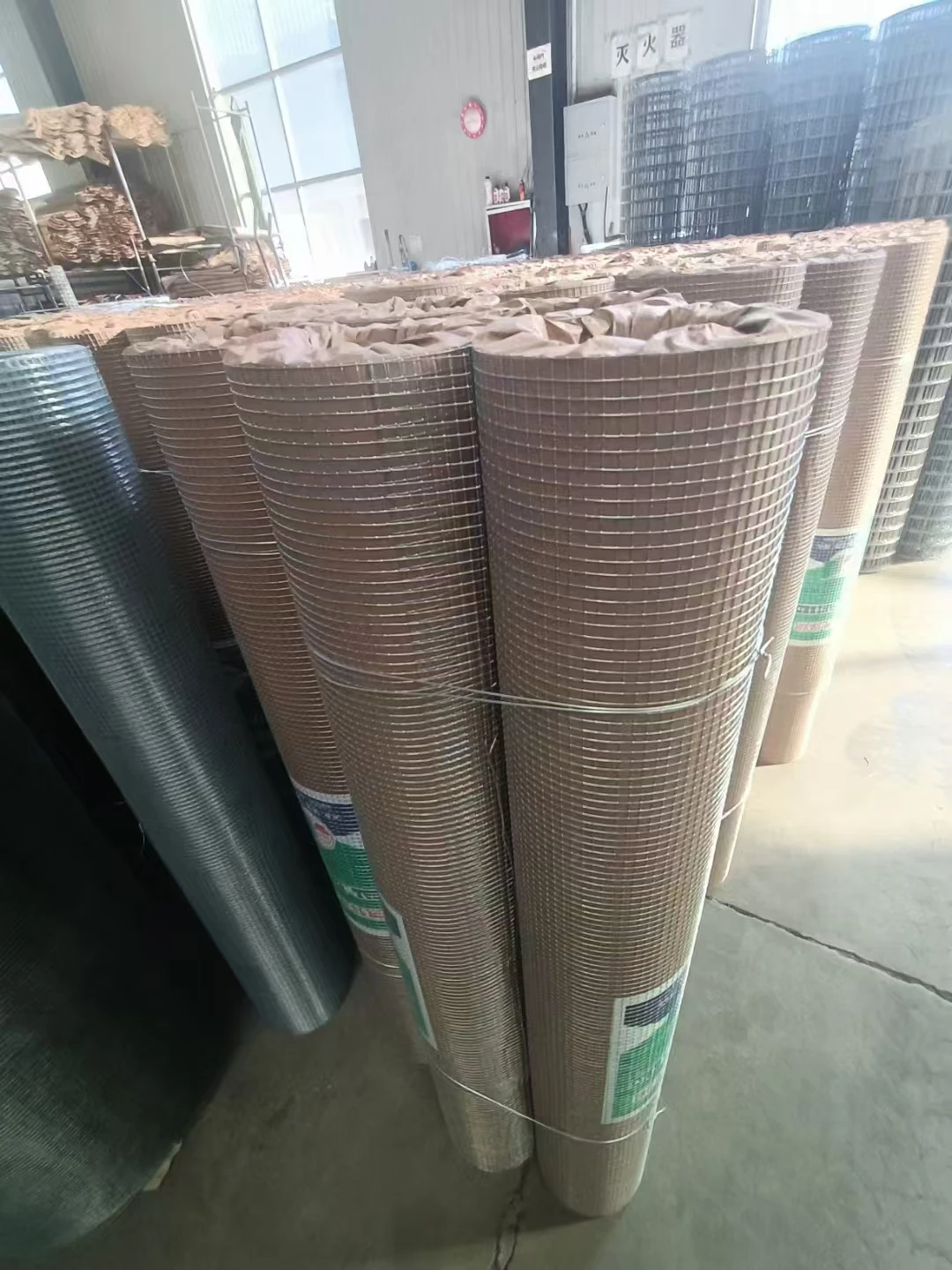-
 Afrikaans
Afrikaans -
 Albanian
Albanian -
 Amharic
Amharic -
 Arabic
Arabic -
 Armenian
Armenian -
 Azerbaijani
Azerbaijani -
 Basque
Basque -
 Belarusian
Belarusian -
 Bengali
Bengali -
 Bosnian
Bosnian -
 Bulgarian
Bulgarian -
 Catalan
Catalan -
 Cebuano
Cebuano -
 China
China -
 Corsican
Corsican -
 Croatian
Croatian -
 Czech
Czech -
 Danish
Danish -
 Dutch
Dutch -
 English
English -
 Esperanto
Esperanto -
 Estonian
Estonian -
 Finnish
Finnish -
 French
French -
 Frisian
Frisian -
 Galician
Galician -
 Georgian
Georgian -
 German
German -
 Greek
Greek -
 Gujarati
Gujarati -
 Haitian Creole
Haitian Creole -
 hausa
hausa -
 hawaiian
hawaiian -
 Hebrew
Hebrew -
 Hindi
Hindi -
 Miao
Miao -
 Hungarian
Hungarian -
 Icelandic
Icelandic -
 igbo
igbo -
 Indonesian
Indonesian -
 irish
irish -
 Italian
Italian -
 Japanese
Japanese -
 Javanese
Javanese -
 Kannada
Kannada -
 kazakh
kazakh -
 Khmer
Khmer -
 Rwandese
Rwandese -
 Korean
Korean -
 Kurdish
Kurdish -
 Kyrgyz
Kyrgyz -
 Lao
Lao -
 Latin
Latin -
 Latvian
Latvian -
 Lithuanian
Lithuanian -
 Luxembourgish
Luxembourgish -
 Macedonian
Macedonian -
 Malgashi
Malgashi -
 Malay
Malay -
 Malayalam
Malayalam -
 Maltese
Maltese -
 Maori
Maori -
 Marathi
Marathi -
 Mongolian
Mongolian -
 Myanmar
Myanmar -
 Nepali
Nepali -
 Norwegian
Norwegian -
 Norwegian
Norwegian -
 Occitan
Occitan -
 Pashto
Pashto -
 Persian
Persian -
 Polish
Polish -
 Portuguese
Portuguese -
 Punjabi
Punjabi -
 Romanian
Romanian -
 Russian
Russian -
 Samoan
Samoan -
 Scottish Gaelic
Scottish Gaelic -
 Serbian
Serbian -
 Sesotho
Sesotho -
 Shona
Shona -
 Sindhi
Sindhi -
 Sinhala
Sinhala -
 Slovak
Slovak -
 Slovenian
Slovenian -
 Somali
Somali -
 Spanish
Spanish -
 Sundanese
Sundanese -
 Swahili
Swahili -
 Swedish
Swedish -
 Tagalog
Tagalog -
 Tajik
Tajik -
 Tamil
Tamil -
 Tatar
Tatar -
 Telugu
Telugu -
 Thai
Thai -
 Turkish
Turkish -
 Turkmen
Turkmen -
 Ukrainian
Ukrainian -
 Urdu
Urdu -
 Uighur
Uighur -
 Uzbek
Uzbek -
 Vietnamese
Vietnamese -
 Welsh
Welsh -
 Bantu
Bantu -
 Yiddish
Yiddish -
 Yoruba
Yoruba -
 Zulu
Zulu
chicken net plastic
The Impact of Chicken Net Plastic on Sustainability and Wildlife
In recent years, the poultry industry has seen significant growth, producing millions of chickens to meet global demand for meat. However, this expansion has not come without its consequences, particularly in the realm of waste management and environmental sustainability. A notable byproduct of chicken farming is the use of plastic netting, commonly referred to as chicken net plastic. This material, while serving practical purposes in poultry farming, poses several issues that deserve attention and action.
Chicken net plastic is often used to enclose poultry farms, providing a safe space for chickens while keeping out predators. However, once its lifespan ends, this plastic netting typically ends up in landfills, contributing to the growing issue of plastic waste. The decomposition of plastic can take hundreds of years, during which time it can release harmful chemicals into the soil and waterways. As plastic pollution continues to escalate globally, the need for sustainable practices in the poultry industry becomes more pressing.
The environmental impact of chicken net plastic is not limited to waste management; it also has significant implications for wildlife. When plastic netting is discarded or improperly disposed of, it can become entangled in natural habitats. Birds, mammals, and marine life can mistakenly ingest plastic fragments or become trapped in discarded netting, leading to injury or death. This not only affects individual animals but also disrupts local ecosystems, as these species play crucial roles in maintaining balance within their environments.
chicken net plastic

Addressing the issue of chicken net plastic requires a multifaceted approach
. First and foremost, the poultry industry can adopt alternative materials that are biodegradable or recyclable. Some companies are already exploring the use of natural fibers or innovative substances that break down more easily in the environment. Implementing such changes can significantly reduce the industry's plastic footprint.Additionally, educational campaigns should be launched to raise awareness among farmers about the importance of responsible plastic disposal. Proper recycling and waste management practices can help mitigate the issue of chicken net plastic, ensuring that it does not contribute to pollution. Farmers can also be encouraged to participate in local initiatives focused on cleaning up plastic waste and protecting wildlife.
Moreover, government policies and regulations can play a vital role in addressing this problem. Incentives for sustainable farming practices, stricter regulations on plastic use, and support for research into alternative materials can help pave the way for a more eco-friendly poultry industry. By fostering collaboration between farmers, environmentalists, and policymakers, we can create comprehensive solutions to the challenges posed by chicken net plastic.
In conclusion, while chicken net plastic serves an essential role in poultry farming, its negative impact on the environment and wildlife cannot be ignored. By adopting sustainable practices, raising awareness, and implementing proactive policies, the poultry industry can significantly reduce its plastic footprint. In doing so, it can contribute to a healthier planet and a more sustainable future for all living beings. We have the power to change the narrative surrounding chicken net plastic—let's harness it for the betterment of our environment.
-
Shipping Plastic Bags for Every NeedNewsJul.24,2025
-
Safety Netting: Your Shield in ConstructionNewsJul.24,2025
-
Plastic Mesh Netting for Everyday UseNewsJul.24,2025
-
Nylon Netting for Every UseNewsJul.24,2025
-
Mesh Breeder Box for Fish TanksNewsJul.24,2025
-
Expanded Steel Mesh Offers Durable VersatilityNewsJul.24,2025











